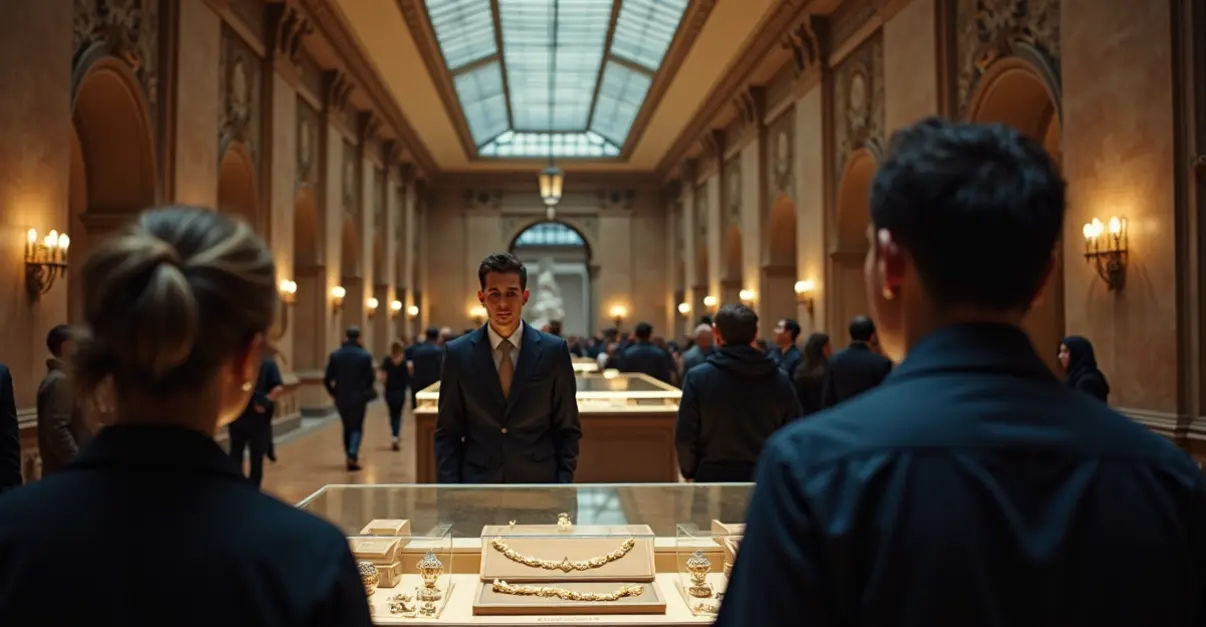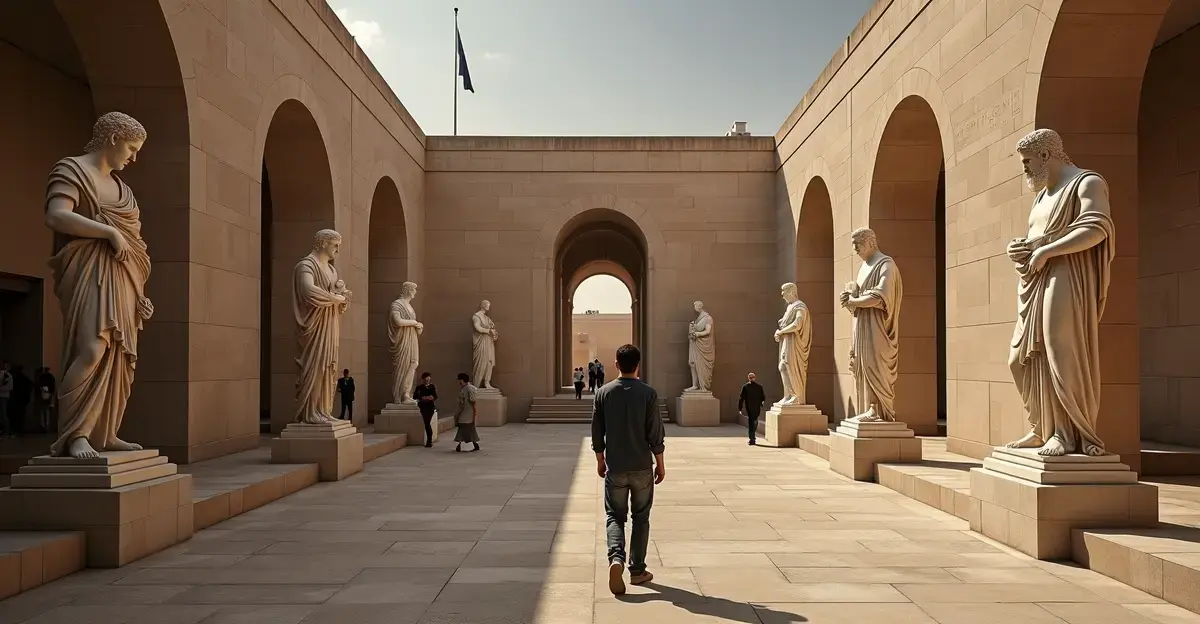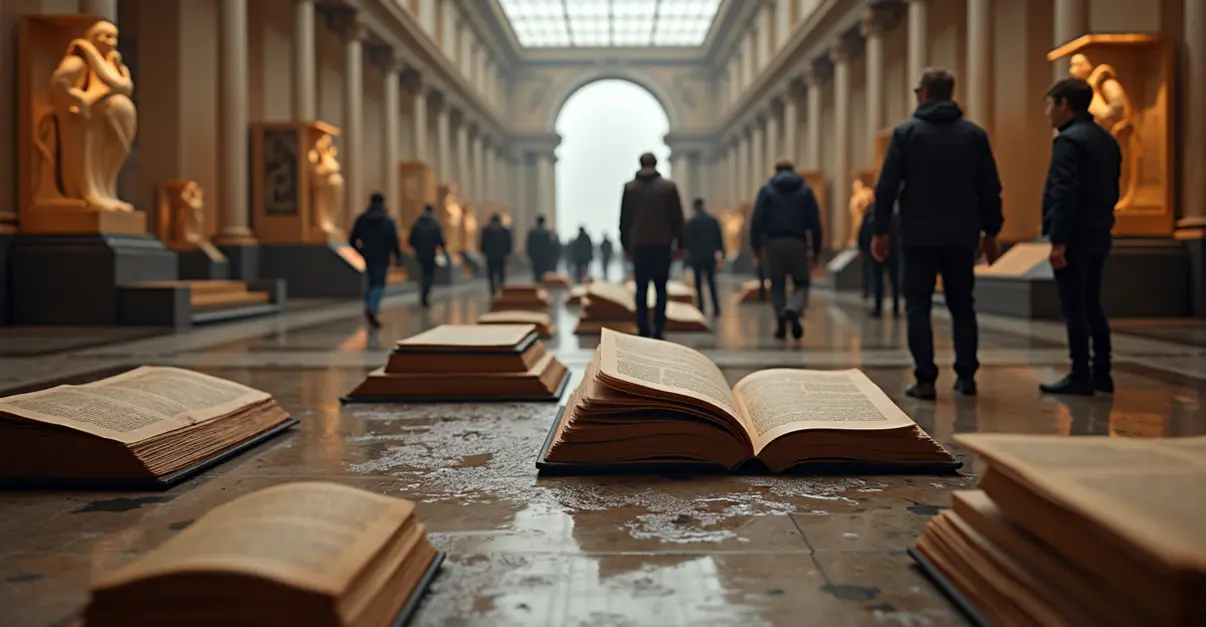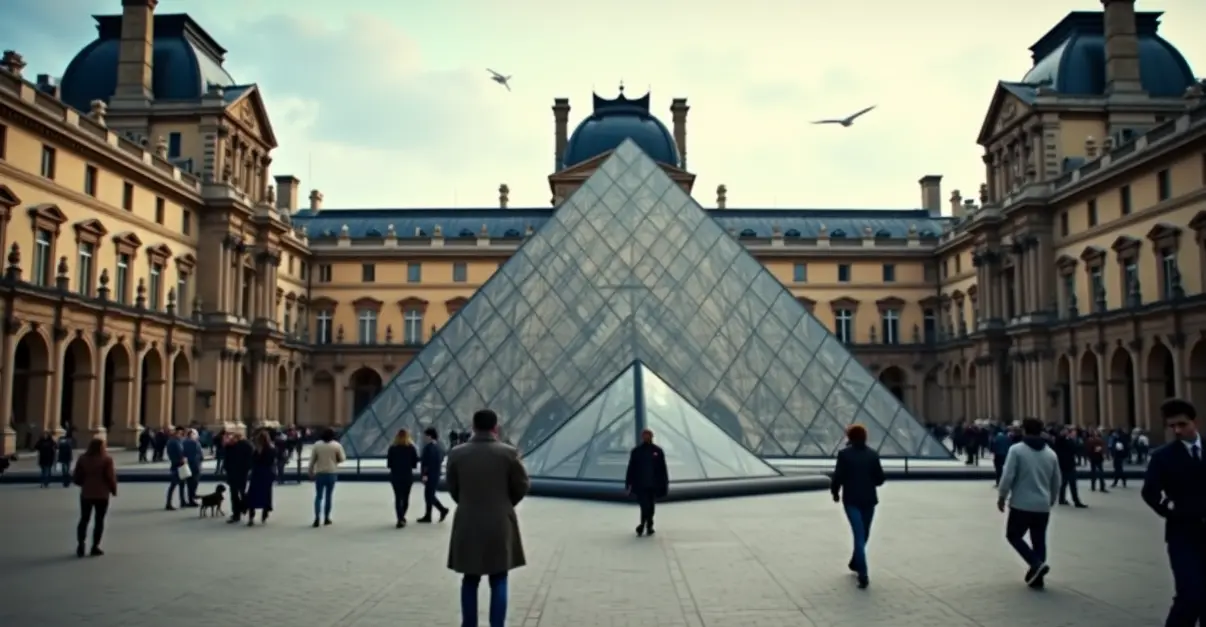Egypt opens world's largest archaeological museum near Giza Pyramids after 20+ years of construction. The $1.2 billion Grand Egyptian Museum houses 100,000+ artifacts including complete Tutankhamun collection, aiming to attract 5 million annual visitors and boost tourism economy.
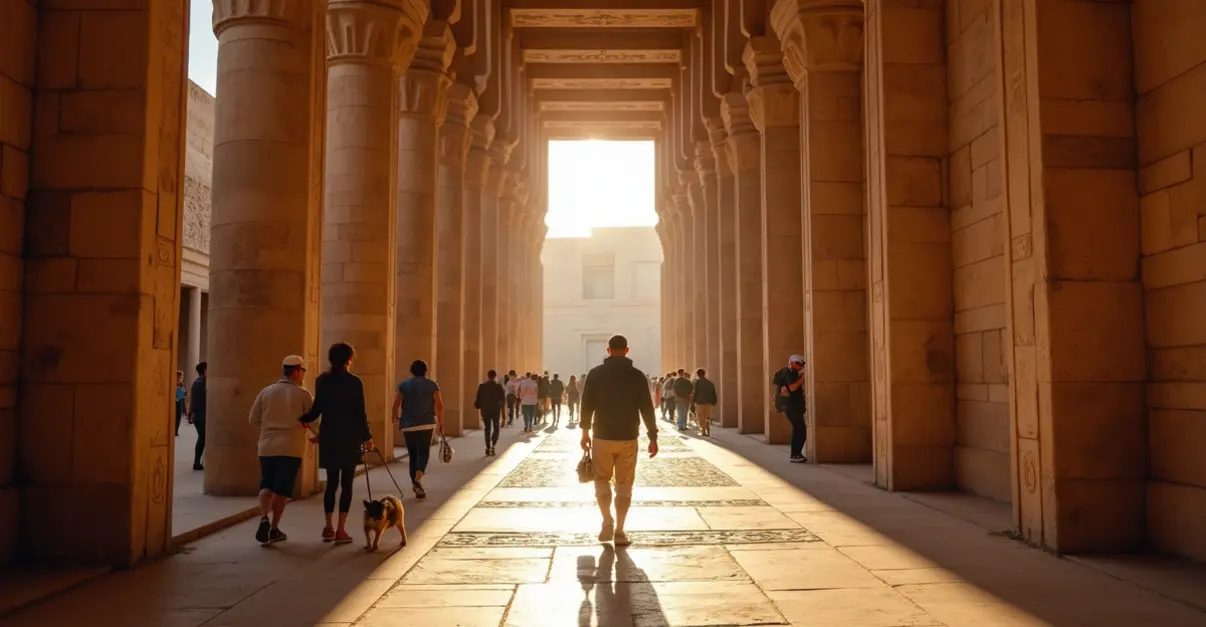
Grand Egyptian Museum Inaugurated After 20-Year Journey
After more than two decades of planning and construction that spanned political upheavals and a global pandemic, Egypt has officially opened the Grand Egyptian Museum (GEM), the world's largest archaeological museum dedicated to a single civilization. The monumental $1.2 billion facility, located just two kilometers from the iconic Giza Pyramids, spans an impressive 500,000 square meters - equivalent to 72 football fields - and promises to transform both cultural tourism and Egypt's economy.
A Modern Marvel with Ancient Treasures
The museum's inauguration on November 1, 2025, by President Abdel Fattah el-Sisi marks a significant milestone for Egypt's cultural heritage. 'It has taken about as long to build this museum as it did to build the Great Pyramid of Cheops originally,' explains Belgian Egyptologist Marleen De Meyer, who has lived in Cairo since 2016 and directs the Dutch-Flemish Institute in Cairo (NVIC). 'This is an enormous source of pride throughout Egypt. Everyone is involved with it. The masterpieces of ancient civilization are being collected here.'
The GEM houses over 100,000 artifacts spanning 5,000 years of Egyptian history, with at least 20,000 objects displayed for the first time. The collection includes the complete treasures of King Tutankhamun - all 5,398 pieces shown together for the first time - along with newly restored artifacts like the second solar ship of Khufu and collections from Queen Hetepheres and Yuya and Thuyu.
Technological Innovation Meets Ancient History
What sets the GEM apart is its modern approach to museum curation. Museum director Ahmed Ghoneim emphasized that the facility 'uses the language of Gen Z: no text cards like for us old people, but multimedia presentations and augmented reality.' The museum features state-of-the-art climate control and lighting systems, marking Egypt's entry into 21st-century museum standards.
The architectural design by Heneghan Peng Architects includes a stunning triangular glass facade that offers panoramic views of the pyramids. Inside, visitors are greeted by an 11-meter granite statue of Ramses II in the 10,000-square-meter atrium, while a six-story Grand Staircase lined with mammoth statues leads to twelve main exhibition halls.
Economic Boost Through Cultural Tourism
Egypt's government sees the GEM as crucial for revitalizing tourism, a sector that contributed EGP 1.4 trillion to the national economy in 2024. With the museum expected to attract 5 million visitors annually, Egypt aims to reach 30 million tourists by 2032, up from nearly 16 million in 2024 who spent a record $15 billion.
'Cultural tourists who come to this museum generally spend much more money than beach tourists who come diving or snorkeling in resort town Hurghada,' note local tourism experts. The museum's opening coincides with infrastructure improvements including a new airport near the pyramids and modernized access routes replacing pushy vendors with electric buses.
Global Significance and Political Context
The inauguration attracted dozens of world leaders, including Dutch caretaker Prime Minister Schoof, highlighting Egypt's growing international role. As correspondent Joost Scheffers observes, 'This is once again a very big day for Egyptian President Sisi. Two weeks ago he was hosting the Gaza peace conference in Sharm El-Sheikh, where many world leaders and Trump came by. Today he gets to welcome another large and high foreign delegation. This puts Egypt on the map in a short time.'
The museum's opening also comes amid significant EU support, with Egypt receiving a €7.4 billion package from the European Union in exchange for migration control measures, further strengthening Egypt's struggling economy.
The Grand Egyptian Museum represents not just a cultural achievement but a strategic investment in Egypt's future, blending ancient wonders with modern innovation to create what many are calling the 'fourth pyramid' of Giza.

 Nederlands
Nederlands
 English
English
 Deutsch
Deutsch
 Français
Français
 Español
Español
 Português
Português




